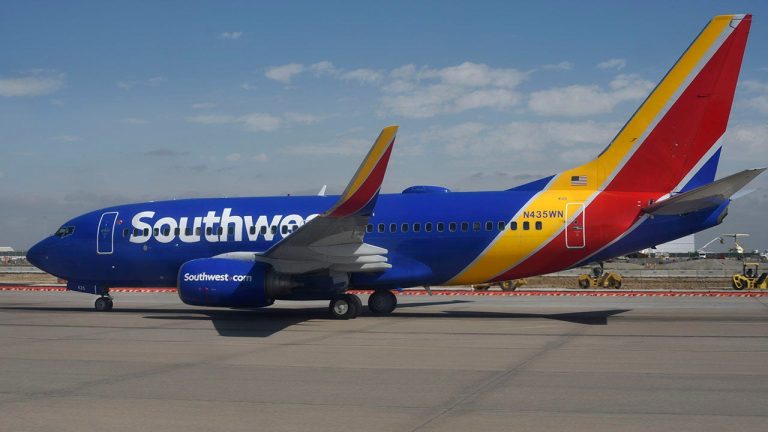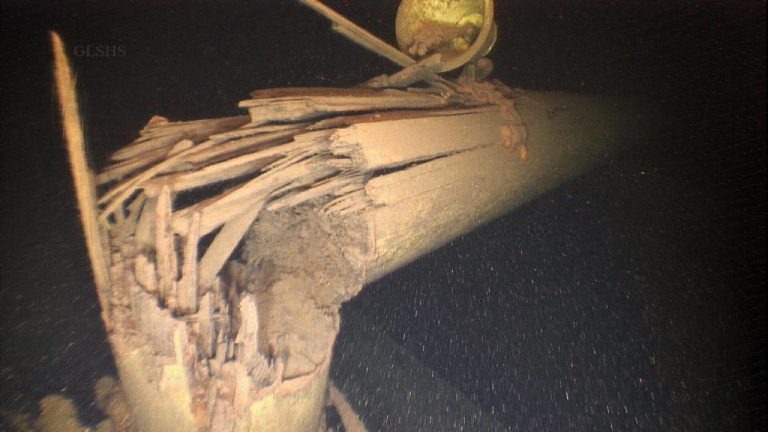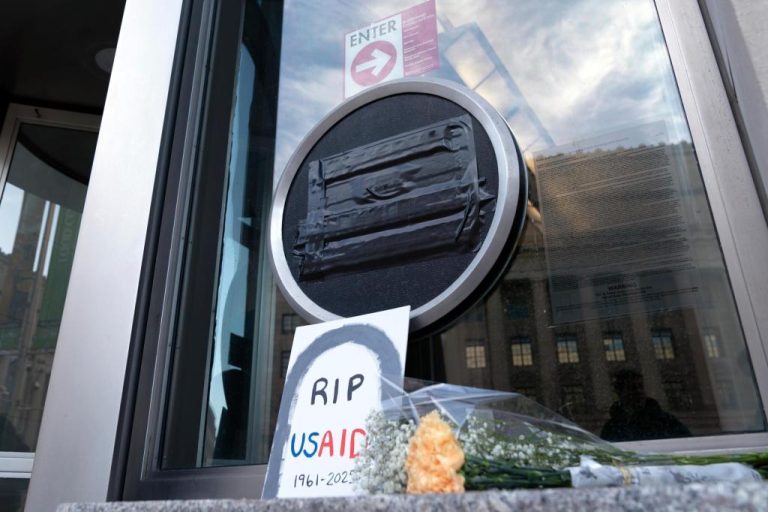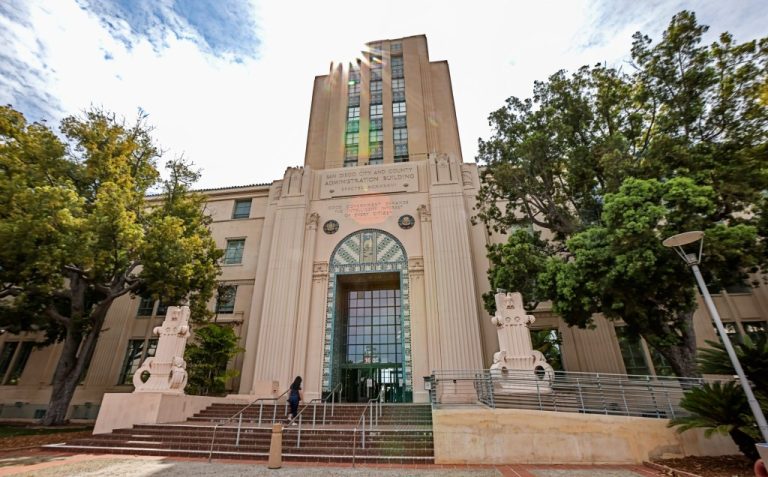
Sen. Kevin Cramer, R-N.D., discusses the Senate banking hearing, China national security concerns and energy independence on Mornings with Maria.
Boeing is no longer in the running to deliver the U.S. Air Force’s successor to the E-4B Nightwatch as the service looks to select its next-generation “Doomsday plane.”
Boeing on Friday announced its elimination from the competition known as the Survivable Airborne Operations Center to develop the aircraft that would serve as flying emergency command and control post in emergencies, such as if nuclear war breaks out.
Reuters first reported the news. Boeing is the manufacturer of the current “Doomsday plane” known as the E-4B Nightwatch – a militarized version of a Boeing 747 that’s capable of aerial refueling with advanced electronics and communications systems designed to shield against electromagnetic pulses and other effects stemming from nuclear war.
“We are approaching all new contract opportunities with added discipline to ensure we can meet our commitments and support the long-term health of our business,” a Boeing spokesperson told FOX Business. “We remain confident our SAOC approach is the most comprehensive, technically mature and lowest-risk solution for the customer and Boeing.”
EMIRATES ORDERS 95 BOEING 777 WIDEBODY JETS IN DEAL WORTH $52B

An E-4B aircraft sits on the tarmac at Travis Air Force Base, California, Sept. 11, 2017. (U.S. Air Force photo by Louis Briscese/DVIDS)
“Our proposal is based on 60 years of military commercial derivative aircraft knowledge and experience including the design, development, and sustainment of the E-4B Nightwatch, which currently serves the national security command and control mission,” the spokesperson added.
Boeing’s removal from the SAOC competition leaves just one publicly known company in the running – privately held defense contractor Sierra Nevada Corp. The Air Force plans to award an SAOC contract in 2024 and has declined to comment on whether other firms have submitted bids.
BOEING ACCELERATES DELIVERY OF SMART BOMBS TO ISRAEL AFTER HAMAS ATTACKS
Reuters reported citing two sources familiar with the situation that Boeing and the Air Force were unable to reach an agreement on data rights and contract terms, in part because Boeing refused to sign onto a fixed-price agreement that locks it into paying for costs above an agreed limit.
| Ticker | Security | Last | Change | Change % |
|---|---|---|---|---|
| BA | THE BOEING CO. | 233.87 | +2.24 | +0.97% |
Boeing’s defense unit lost $1.3 billion this year on fixed-price development programs, including NASA’s Starliner and the next-generation Air Force One. Such programs have resulted in $16.3 billion in losses since 2014 on fixed-price defense programs, according to a Reuters review of Boeing’s regulatory filings.
Boeing Chief Financial Officer Brian West indicated in October that the company is looking to move away from fixed-price contracts, saying, “Rest assured, we haven’t signed any fixed-price development contracts nor (do we) intend to.”
BIPARTISAN GROUP OF MORE THAN 40 LAWMAKERS CALL FOR RESTRICTIONS ON INVESTMENTS IN CHINA

Test pilots and personnel from the 418th Flight Test Squadron, out of Edwards Air Force Base, California, conduct aerial refueling testing with a KC-46 Pegasus and an E-4B Nightwatch, out of Offutt Air Force Base, Nebraska, in the skies over Southern (Air Force photo by Christian Turner/DVIDS / Fox News)
The Air Force notes that at least one E-4B aircraft is always on 24-hour alert with a global watch team at selected bases around the world to provide support to the president, secretary of defense and joint chiefs of staff if needed. The E-4B National Airborne Command Center can have a crew of up to 112 personnel.
The aircraft is often used to transport the secretary of defense and is capable of withstanding nuclear blasts and electromagnetic effects to allow U.S. leaders to deliver orders to the military in the event of a national emergency.

An E-4B Nightwatch aircrew prepare to take off at Lincoln Airport, Nebraska, on April 26, 2022. (U.S. Air Force photo by Senior Airman Reilly McGuire/DVIDS / Fox News)
GET FOX BUSINESS ON THE GO BY CLICKING HERE
The Air Force has four E-4B planes in its inventory, which were first deployed in 1980. The aircraft is expected to reach the end of its service life in the early 2030s.
Reuters contributed to this report.






